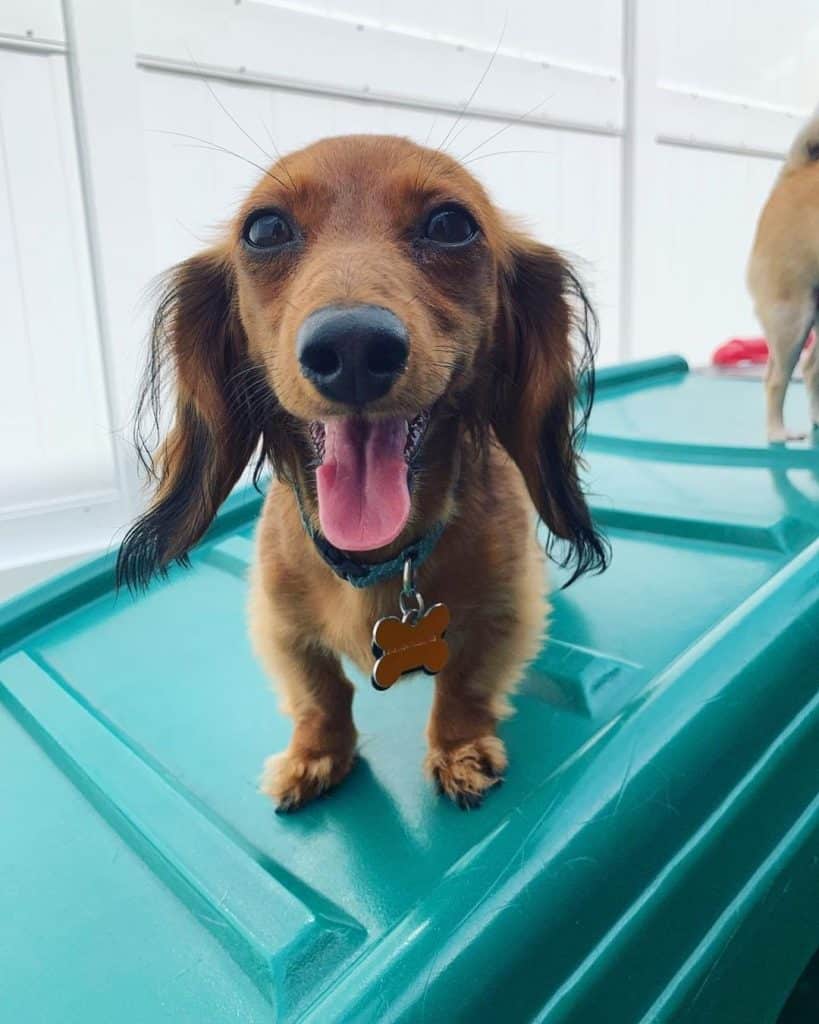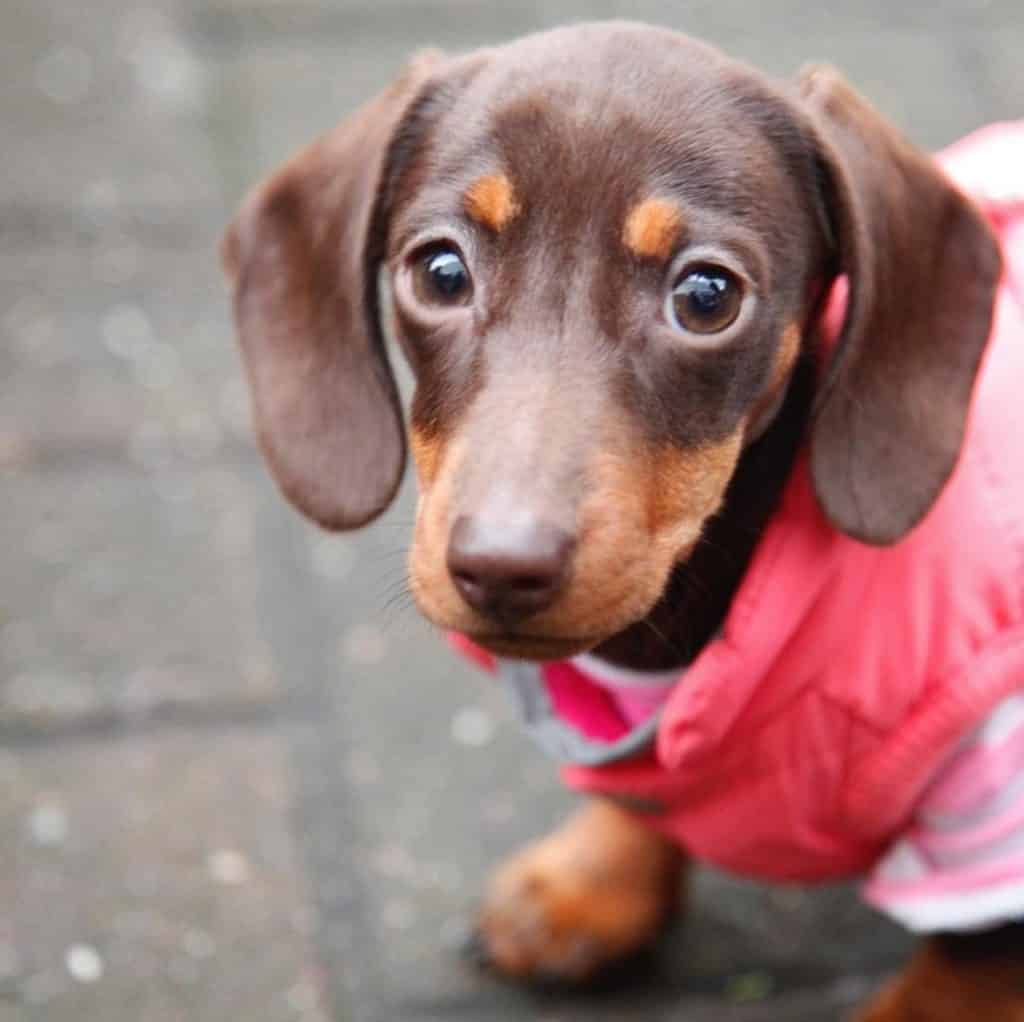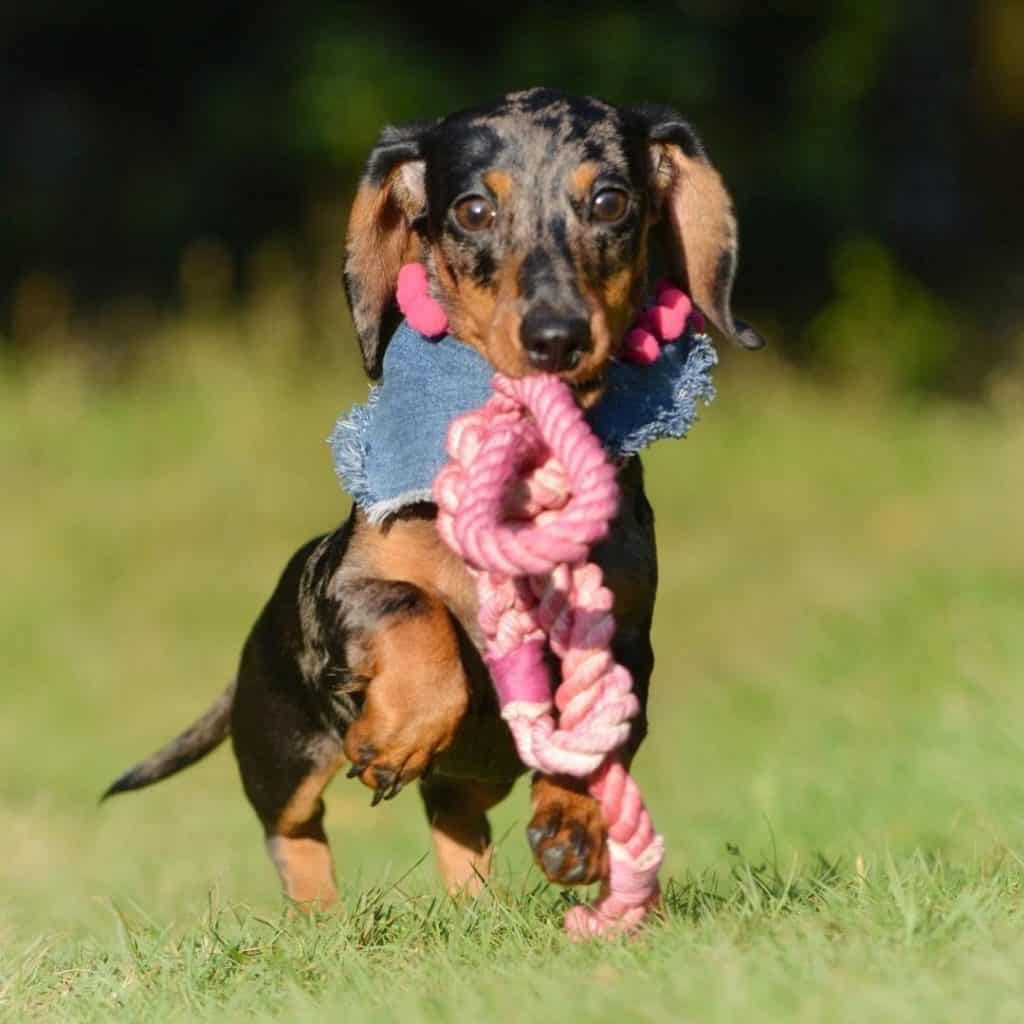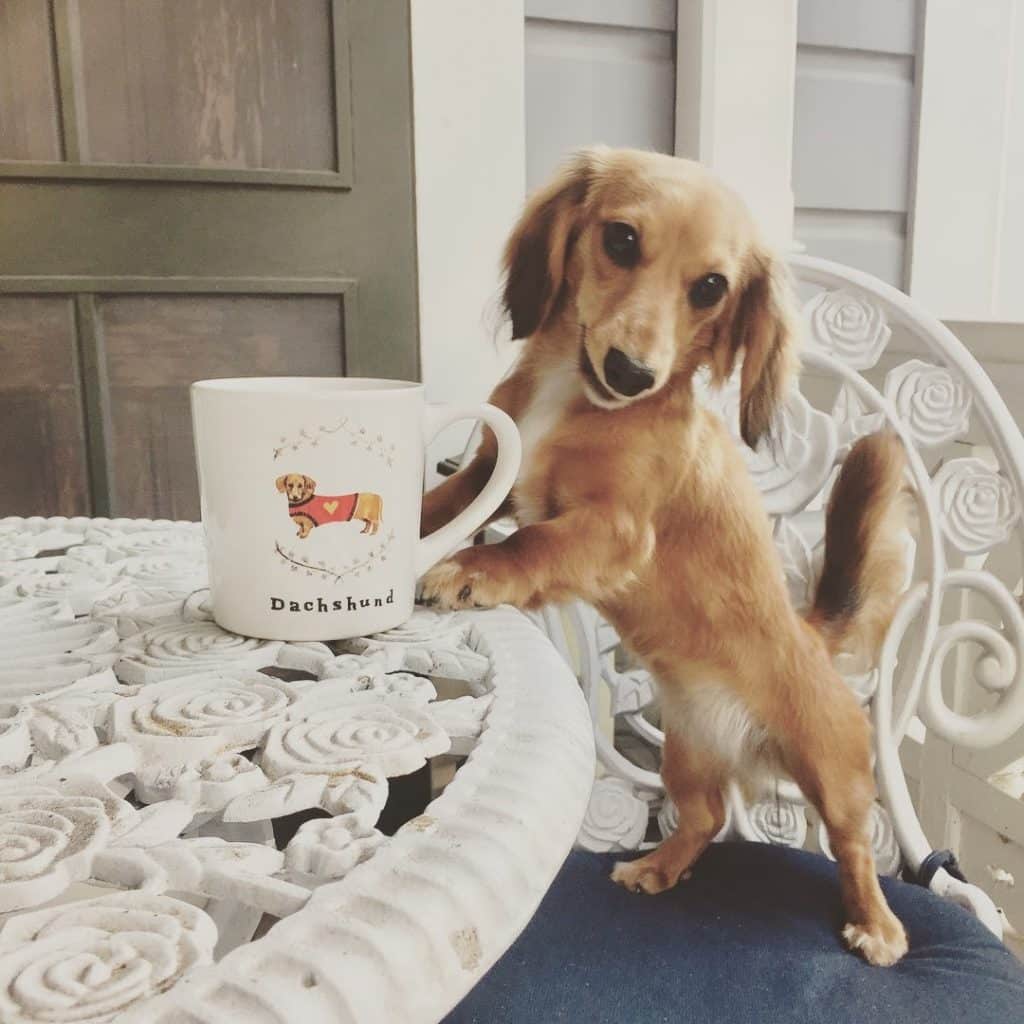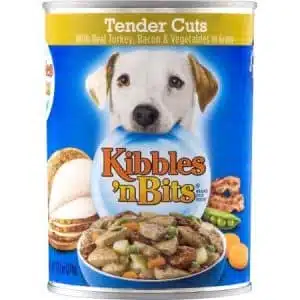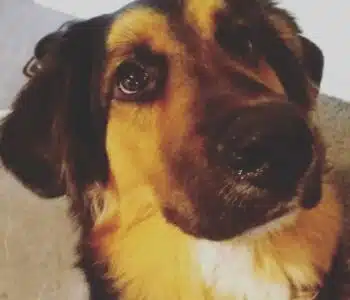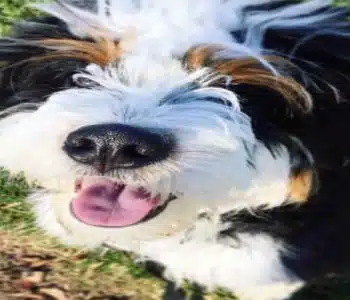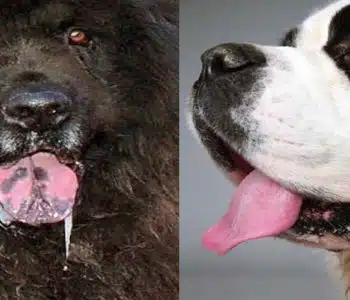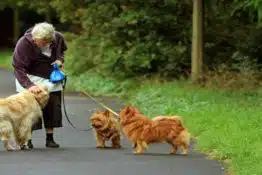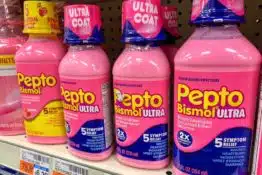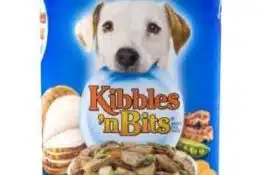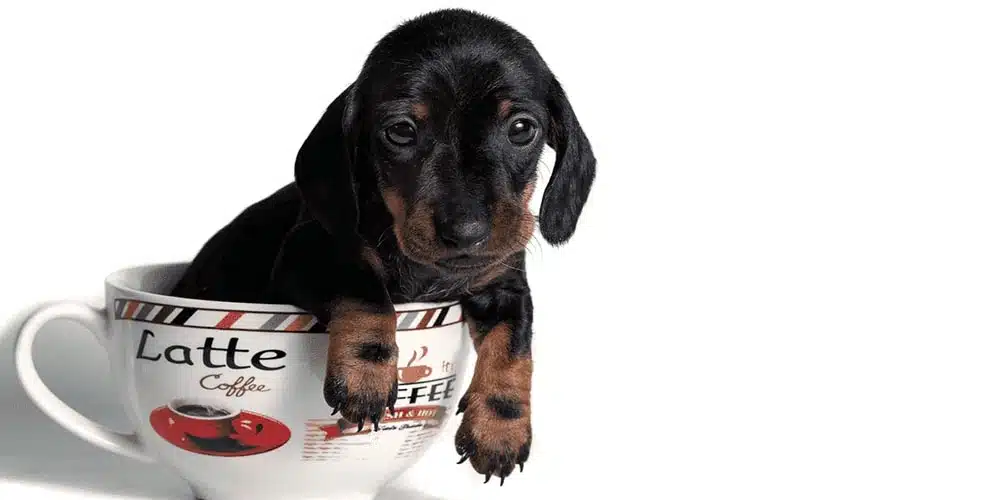
Teacup Dachshund: Are They Your Cup of Tea?
Just when you thought the Dachshund couldn’t get any cuter, a teacup version of the famed Wiener dog struts in on their teeny weeny leggies, looking at you with their adorable little eyes.
In the world of designer dogs, there is hardly a more adorable pooch than the teacup version of any given breed.
These relatively new purebred or mixed breeds of pups that can fit in the palm of your hand are sort of controversial. Many canine experts and responsible breeders agree that turning any dog breed into a teacup variant exposes the dog to a number of risks.
Below, you will find an abundance of information about these precious pups that will hopefully help you decide whether you should adopt one.
Introduction to the Wiener Dog
The Dachshund is a hound-type dog developed in Germany a few centuries ago—some researchers trace their origins as far back as the early 17th century. They were bred as hunting dogs with the sole purpose of finding and extracting burrow-dwelling animals out of their underground dens.
This task had a profound influence on their appearance and temper: low to the ground, with long bodies and short legs, they could easily slide into a tunnel. Once underground, they had to be courageous to face vermins and either catch them and bring them out to the surface or inform their fellow huntsmen of the exact position of their foe by putting to use their loud bark.
It wasn’t until the 20th century that the Wiener dog reached non-hunting households and started cementing their position as one of the most popular purebred dogs. They became quite famous—even Picasso fell in love with one of these pups! Nowadays, they are among the most sought-after breeds, capturing the hearts of kids, adults, and seniors alike. If you’d like to know more, check out these Dachshund facts.
The Doxie Varieties
The majority of national canine associations around the world—including the World Canine Federation—recognize three varieties of these clever and loyal companions:
- Standard
- Miniature
- Rabbit
The only difference between them is their size. Standards are described as weighing between 16 and 32 pounds, Miniatures are the Doxies that weigh up to 11 pounds, while Rabbits weighs under eight pounds. They boast the same looks, temperament, and behavioral patterns.
One of the rare exceptions to this categorization is the American Kennel Club, which recognizes only the Standard and Miniature Dachshund.
Possible Origins of the Tiny Micro Teacup Dachshund
Imager source: campbowwowhudsonville
The origins of any designer dog are hard to trace. The Teacup Dachshund most likely appeared in the U.S., where the interest in designer dogs is more than a short-lived fad.
Probable scenarios that result in these pocket-sized dogs are the following:
- Runt breeding
- Ateliotic pituitary dwarfism
Runt Breeding
When a female dog gives birth to puppies, one or several of them will be smaller in size than their siblings. Usually, those puppies—the runts of the litter—turn out to be in overall good health but weigh less than their siblings and have an overall smaller stature.
At other times, due to their inability to compete for mother’s affection and food as successfully as their normal-sized brothers and sisters, the health of these pooches becomes compromised.
Runt breeding is the practice of choosing the smallest pups from a litter and pairing them in order to shrink any regular-sized breed further.
This is a highly dangerous and unethical practice, followed by untrustworthy breeders who are looking to cash in on the ever-increasing interest in the smaller breeds of dogs.
By doing this, breeders put in jeopardy the health of both the so-called runts and their offspring—constant mixing of whelps who are in poorer health than the rest of the litter weakens their bloodlines further and makes them increasingly prone to congenital diseases.
Ateliotic Pituitary Dwarfism
Ateliotic dwarfism refers to a condition that affects the pituitary gland, which is responsible for the dog’s growth. Canines who carry ateolitic genes develop proportionally, but their bodies are smaller overall.
Some of the breeds with ateolitic dwarfism are:
If you want a smaller version of a dog, the ateliotic gene is what you need. In Micro Mini Dachshunds, this gene is probably present on both sides of the family tree.
Best Dog Food for Teacup Dachshund
Looks and Temper of the Teacup Mini Dachshund
Image source: wyatt_the_dachshund
As we mentioned earlier, these pups are a micro version of the Wiener Dog, meaning that they boast the same physical appearance and exhibit the same behavior as their bigger relatives.
The distinctive body shape that has earned them the nickname Sausage Dog is present in the mini variant too. The Teacup Doxie is a low-to-the-ground pooch, with short legs and large, paddle-like paws.
The black-nose muzzle is long, with a pair of round, attentive eyes and large floppy ears.
Doxies come in three coat variations: Smooth-, Wire-, and Long-haired, and the Teacup Wiener Dog can also have a coat in any of these lengths.
The length of their hair is said to have a certain influence on their personality: Smooth-haired Dachshunds are described as true hounds, while Long-haired are softer in nature; the Wire-haired kind fits somewhere in the middle. Some canine experts believe this change in temper is due to mixing the original smooth-hair variety with Water Spaniels.
These pups come in a wide range of beautiful colors and several combinations of different shades.
As far as their temperament goes, Teacup Doxies are curious, nervous, and often loud creatures. These are common traits of the Dachshund, but because of the teacup-size, these features are slightly toned down.
They enjoy the company of their people and will feel their natural self when surrounded by people who care for them.
The Dachshund is known to have a mind of their own, which may be challenging when it comes to housebreaking and obedience training. There is no doubt they are smart pooches—they just won’t obey you as you would expect.
| Weight | Up to 11 pounds |
| Height | Up to 5 inches |
| Coat type |
|
| Coat color |
|
| Shedding | Low to moderate |
| Eyes | Brown |
| Nose | Black |
| Ears | Floppy |
| Temperament | Loyal, skittish, wilful, curious |
| Life expectancy | 6–8 years |
| Hypoallergenic | No |
| Kid-friendly | No |
| New owner friendly | No |
| Breed recognition | No |
Potential Health Issues of the Tiny Dachshund
Image source: dasha_dappledoxie
Dachshunds are among the breeds with the longest lifespan, but that doesn’t mean they’re immortal. Some Doxies are genetically predisposed to seizures. They also have a tendency toward back problems and often have issues with their joints. If you want to get a Doxie of any kind, you should know how to keep your dog’s joints healthy.
Some pups can develop skin problems, so it’s useful to know what to do if your dog has dry skin.
The Teacup version is prone to an even higher number of health issues than their regular-size cousins. Among the health concerns you should watch out for in a Teacup Dachshund are:
- Various heart defects
- Breathing issues
- Digestive problems
Various Heart Defects
Among the most common heart defects found in small dog breeds are heart murmurs, such as patent ductus arteriosus, or pulmonic and aortic stenosis, and ventricular septal defect. Common symptoms of the majority of heart defects and conditions are:
- Lack of energy
- Fainting or collapsing
- Coughing
- Difficulty breathing, such as shortness of breath
- Swollen abdomen
If you notice any of the above-listed symptoms, you should immediately make a vet appointment.
Breathing Issues
These precious creatures are prone to a number of breathing issues, too, including labored breathing, rapid breathing, and abnormal panting. Noticing any of these symptoms means that you should take your dog to a veterinarian:
- Breathing rate faster than normal
- Shallow breaths
- Wide-open mouth
- Extended tongue
Symptoms of breathing issues can indicate even more serious conditions and should not be taken lightly.
Digestive Problems
Digestive problems in dogs can be divided into acute and chronic. Among the most common acute digestive problems are:
- Bloat
- Pancreatitis
- Foreign body obstruction
Bloat occurs commonly in larger breeds but can affect small pooches as well. The twisting of the stomach—caused by gastric distention—closes the esophagus and prevents the dog from expelling gas or vomiting. This is a medical emergency and requires an immediate visit to the vet.
Pancreatitis is an inflammation of the pancreas and is caused by foods with high-fat content. The usual symptoms are vomiting and diarrhea.
Foreign body obstruction occurs when a pup swallows—or tries to swallow—any item that cannot pass through the digestive system. Because of their size, the Teacup Dachshund is at higher risk of this issue.
Chronic digestive issues include:
- IBD (inflammatory bowel disease)
- Hemorrhagic gastritis
The cause of inflammatory bowel disease is unknown. There are several potential factors thought to be related to this condition, including mental distress, intolerance to certain foods, and the inability of the food to pass through the digestive system.
Hemorrhagic gastritis is identified by blood in the stool and/or vomit. It requires immediate veterinary attention. Other symptoms include lethargy, weight loss, fluid loss, or hemoconcentration (increased concentration of red blood cells).
These tiny pups can also be affected by hypoglycemia, collapsing trachea, and liver shunts, among other conditions.
Taking proper care of this toy breed requires regular visits to the vet and constant checking for symptoms.
| Major concerns | Minor concerns |
Occasional tests |
|
|
|
Teacup Miniature Dachshund’s Beauty Routine
When it comes to grooming, the only factor that decides the brushing frequency of your pooch is the length of their hair. If you know your dog-grooming facts and follow the best dog-grooming tips, you won’t have any trouble at all!
For the smooth-haired Dachshund, brushing once a week will be enough. They are mild shedders and are ideal for people who are allergic to dog hair or those who are not into playing a hairdresser with their pooch.
Wire-haired and long-haired varieties require a more frequent routine. Their lush coat needs to be brushed at least twice a week to keep it in proper shape. Occasional trimming is also advised. Taking your pup to a beauty parlor twice a year is a great idea if you don’t feel up to the task of grooming them properly.
Being teeny as they are, the Teacup Weenie have soft nails, and spending enough time outside walking on hard surfaces will do the trick so you won’t have to clip their nails.
Dog owners often overlook their pet’s teeth health. Don’t be lazy and brush your pooches teeth at least twice a week. To help you maintain gnashers and gum health, treat your dog occasionally to one of these top 10 best dog dental chews.
Check out our guide on dachshund care if you need more details.
|
Brushing frequency |
Brushes for Teacup Dachshunds |
|
|
Micro Dachshund’s Mini Appetite
Image source: pipercubdoty
The appetite of these petite creatures corresponds to their delicate size. Paying particular attention to their diet is still advised—being tiny, they can gain weight more quickly than regular-sized pooches.
Half a cup to three-quarters of a cup of healthy kibble will be just enough for them. Just make sure you split it into two to three meals—due to their size, they mustn’t overeat, or they may have trouble digesting the food.
Choose among the best dry dog food for small dogs, and you won’t make a mistake. Avoid feeding your doggo these worst dry dog food brands—they may be tasty, but they will do more harm than good.
Speaking of delicious yet unhealthy food, stay away from what we found to be the worst dog treat brands out there.
Here are some more high-quality dog food brands that fit the Teacup Dachshund’s size and dietary needs:
- Blue Buffalo Life Protection Formula Small Breed Dog Food
- Nutri-Source Pure Vita Grain-Free Turkey And Sweet Potato Dry Dog Food
- ORIJEN Puppy Recipe
Exercise Needs and Trainability of Teacup Miniature Dachshund Puppies
Just like the Standard Dachshund, these pooches can be stubborn. Training them isn’t the easiest thing to do, but once you’ve mastered the best ways to train your puppy and learned to avoid the typical dog-training mistakes, the success will be right around the corner.
Potty training these little furry fellas can be a challenge—especially for first time owners—but following a few simple rules will help you keep this process as smooth as possible:
- Take them outside frequently, ideally every two hours
- Reward them every time they do their business outside
- Introduce a feeding schedule and stick to it
- Be consistent
Consistency is key: it will allow you to establish yourself as the leader of the pack, and that is something your puppy will appreciate.
When it comes to exercise, Teacup Dachshunds’ size matches their workout needs: two walks will cover their daily exercise requirements. If you’re not into playing fetch every day, this might be the right pup for you. Because of their delicate stature, be careful not to exhaust them by spending too much time outside.
Set a routine and follow it. Small dogs may get anxious if introduced to new people and places frequently, so make sure their socialization starts early and happens gradually. Spending time with their owner is what they enjoy the most, but if you put in a bit of effort, they’ll learn to like others as well.
|
Activity level |
Recommended miles/week | Activity minutes/day |
| Low | 2-3 miles |
30 minutes |
Tiny Toy Dachshunds and a Family
We are not the least bit surprised by your fascination with these fun-size pooches, and we understand your eagerness to get one ASAP. But we also believe you need to know as many details as possible to help you make an informed choice.
Although kids go crazy when they see one of these dogs, we are sorry to tell you that having children around this breed is not a good idea.
Children’s unpredictable behavior can be stressful for these gentle souls, and the kids may easily, albeit inadvertently, injure the dog. If your kid is a Dachshund-enthusiast at the ripe age of four, you’d be wise to wait for a few more years. In the meantime, get them some of these cute Dachshund gifts as a compromise!
If you’re a senior or have a family of one, we say go for this precious dog! With minor adjustments around the house, you can create a little doggy heaven for these babies.
Here are a couple of suggestions to make your teacup dog’s life easier:
- A Dog ramp. This handy device will help your petite dog climb into your bed more easily for a daily dose of cuddles.
- Cozy calming bed. Small dogs have a harder time dealing with stress than their bigger cousins. This soft, comfortable bed will help to relieve their anxiety and it could easily become their favorite leisure time spot.
Check Out These Irresistible Dachshund Mixes
Deciding whether a specific breed is the right choice for you is not easy. Before you make the final decision, take some time to explore adorable Dachshund combos. Maybe you’ll find one that fits you perfectly!
Teacup Dachshund FAQ
How big do Teacup Dachshunds get?
Teacup Dachshunds are intentionally bred to be smaller than the standard size, and they typically weigh between 2 and 5 pounds. Their size can vary based on genetics and breeding practices.
How much does a miniature Dachshund weigh?
Miniature Dachshunds, which are larger than Teacup Dachshunds, typically weigh between 8 and 11 pounds, though individual weights may vary.
How much is a Teacup Dachshund?
The cost of a Teacup Dachshund can vary depending on factors such as breeder reputation, lineage, and location. On average, prices may range from $1,000 to $3,000 or more.
What is the smallest Dachshund?
Teacup Dachshunds are considered the smallest breed variation due to specific breeding practices aimed at achieving a miniature size.
How many sizes of Dachshunds are there?
Dachshunds come in three standard sizes: Standard, Miniature, and Teckel (a size recognized in some European countries). Teacup Dachshunds fall under the miniature category due to their intentionally smaller size.
References:
- https://en.wikipedia.org/wiki/Dachshund
- Lunis, Natalie. Dachshund: the Hot Dogger. Bearport Pub., 2009.
- LaRue, Tinka. Dog Training & Care: the Secrets to Raising the Ultimate Purse Baby! Claad Publishing, 2017.
- Davies, M. “Pancreatitis, Gastrointestinal Ulceration and Haemorrhage and Necrotising Cystitis Following the Surgical Treatment of Degenerative Disc Disease in a Dachshund.” Veterinary Record, vol. 116, no. 15, 1985, pp. 398–399., doi:10.1136/vr.116.15.398.
80% of Dogs Develop Arthritis or Joint Pain by 7 Years old – Here’s How to Protect Them
Most of us train our dogs when they are puppies to jump up on furniture. We think it’s harmless (and easier than always lifting them), but for dogs, couches and beds are very high compared to the size of their bodies.
Every time they jump it compresses their back and applies enormous force to their joints.
It’s no wonder that an incredible 80% of dogs experience arthritis or joint pain by only 7 years old.
Luckily, there is a vet-recommended solution.
It’s the PawRamp by Alpha Paw. An adjustable ramp that allows dogs to safely get on and off couches and beds. PawRamp makes joining you in bed or on the couch effortless and fun.
As a bonus, you can use code SAVE35 to get $35 off the PawRamp today.

